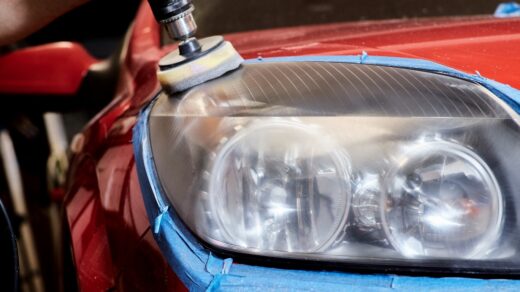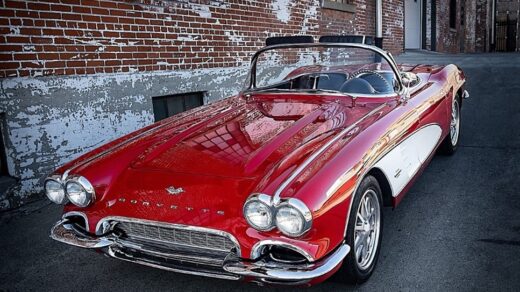
Embarking on a classic car restoration project is an exhilarating endeavor that can quickly turn from a hobby into a passion. However, without careful planning and budgeting, it can also become a financial pitfall, especially when unexpected costs start to emerge. A well-thought-out budget that accounts for both visible and hidden expenses is crucial for a successful restoration. This post from Stuart Simonsen Billings MT will guide you through the essential aspects of budgeting for your classic car restoration, highlighting the hidden costs that are often overlooked but can significantly impact your project’s overall expense.
Initial Purchase Price
The journey begins with the purchase of your classic car. While the initial cost might seem like the bulk of your investment, it’s often just the tip of the iceberg. It’s essential to factor in the cost of transporting the vehicle to your location if it’s not locally sourced, which can add a considerable amount to the initial outlay.
Parts and Materials
Replacement Parts
The cost of replacement parts can vary widely depending on the rarity and condition of the vehicle. While some parts may be readily available, others might require sourcing from specialized suppliers or even custom fabrication, which can significantly increase costs.
Paint and Bodywork
A major part of any restoration, the bodywork and paint job can be one of the most costly aspects of the project. Beyond the apparent costs of paint and labor, hidden expenses such as rust treatment, body filler, and undercoating can add up.
Labor Costs
While many enthusiasts undertake restoration projects themselves, certain tasks may require professional assistance, such as engine overhauls, transmission rebuilds, and paint jobs. Professional labor rates can vary significantly and can quickly inflate the project budget.
Tools and Equipment
Restoring a classic car often requires specialized tools and equipment that you may not already have in your garage. The cost of purchasing or renting these tools, which can range from engine hoists to spray guns, should be included in your budget.
Unexpected Repairs
It’s not uncommon to uncover additional problems as you delve into the restoration process. Issues like hidden rust, electrical faults, or mechanical failures can necessitate unplanned repairs, increasing the project’s cost.
Registration, Insurance, and Taxes
Once your classic car is road-ready, registration, insurance, and taxes become part of the ongoing costs of ownership. Classic car insurance can vary in price, so it’s worth shopping around for a policy that suits your needs and budget.
Upgrades and Modifications
While not essential, upgrades and modifications are often desired to improve performance, safety, or aesthetics. These can range from installing modern brake systems to upgrading the suspension and can significantly impact your budget.
Contingency Fund
A contingency fund is an essential part of any restoration budget. Setting aside a portion of your budget (typically 10-20%) for unexpected expenses can provide a financial cushion, ensuring that unforeseen costs don’t derail your project.
Tips for Managing Your Budget
- Detailed Planning: Before starting, list all anticipated expenses, including parts, materials, labor, and any upgrades or modifications.
- Prioritize Tasks: Identify which aspects of the restoration are essential and which are optional. This can help you manage your budget more effectively by focusing on the necessities first.
- Track Expenses: Keep a detailed record of all expenses as the project progresses. This will help you stay on budget and identify areas where costs may be escalating.
- DIY What You Can: Consider what work you can realistically do yourself to save on labor costs. However, recognize when it’s wise to hire a professional to avoid costly mistakes.
Restoring a classic car is a rewarding venture that requires not just a passion for automobiles but also a keen eye for budgeting. By anticipating both the obvious and hidden costs, you can ensure that your restoration project is financially manageable and ultimately successful. Remember, the goal is to bring a piece of automotive history back to life, an endeavor that’s as much about the journey as it is about the final result. With careful planning and budget management, you can enjoy the process without breaking the bank.



